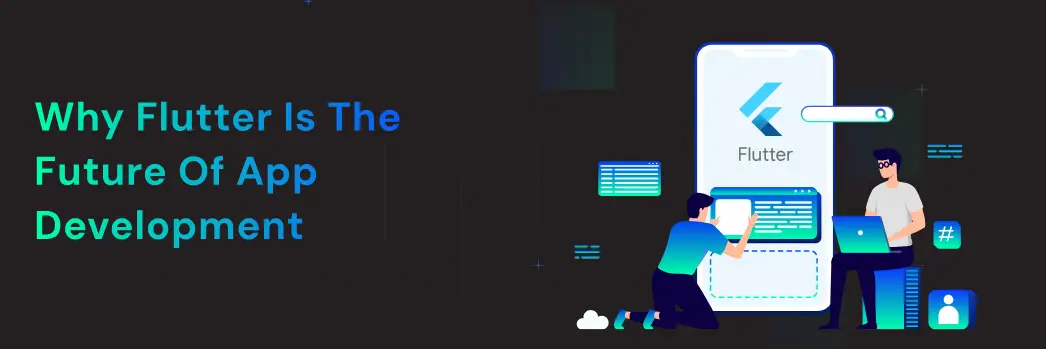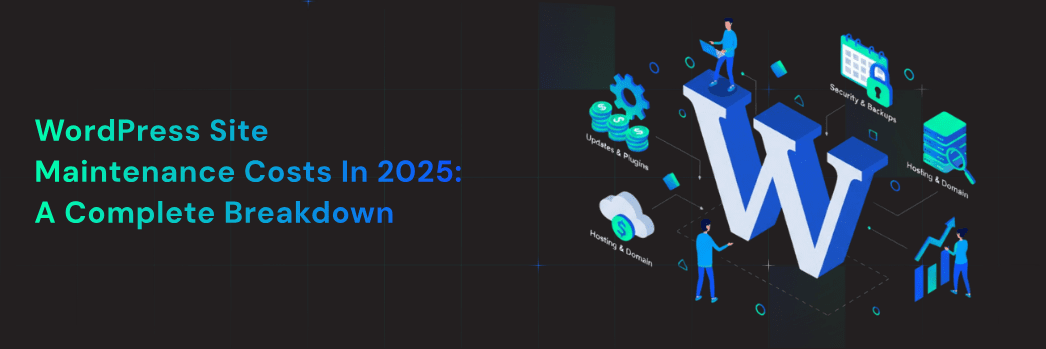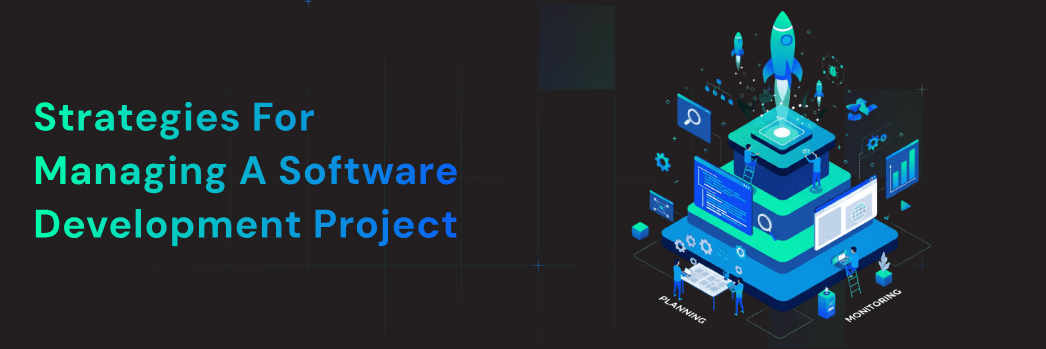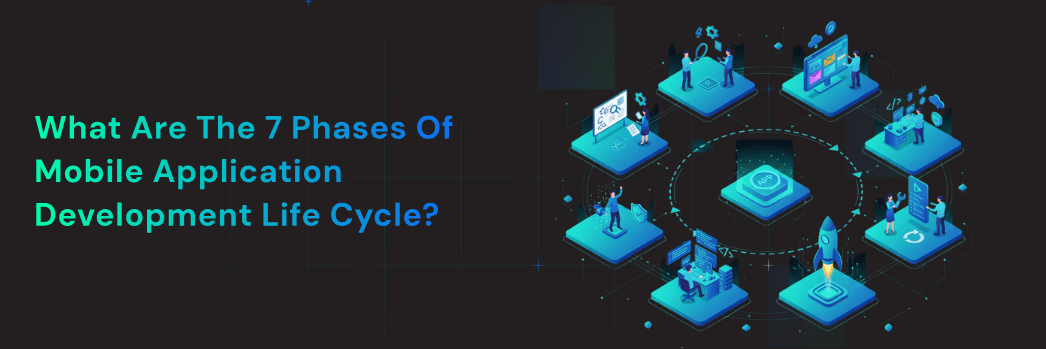Fast, visually appealing apps that work across platforms without breaking the financial institution are what everyone wants, from startups to Fortune 500 corporations. However, the key query is which framework ensures future-readiness, scalability, and speed?
Flutter, Google’s open-source UI software development kit, is becoming more and more suggested by the response. Flutter has become incredibly popular for cross-platform app development since its release in 2017. Many experts think Flutter is the way of the future for app development because of its distinctive features and growing ecosystem.
Fundamentally, Flutter is a framework that allows programmers to create cross-platform applications with a single codebase. You only need to create the code once, and your application will function perfectly on desktop, web, iOS, Android, and even embedded devices.
Flutter interacts with the device without the need for “bridges,” compared to conventional cross-platform frameworks. Actually, it converts directly to native code using the Dart programming language and its own rendering engine. High performance, smooth visuals, and native-like user experiences are certain using this method.
Before diving deeper, let’s think from a business perspective. Companies want:
- Faster time-to-market
- Lower development and maintenance costs
- Apps that look and feel premium
- Ability to scale without major rework
Flutter fulfills each of these requirements. Flutter has become known as the go-to option for companies making digital product investments due to its ability to save time, cut expenses, and deliver a polished user experience.
1. Single Codebase for Multiple Platforms
Traditionally, two separate teams using Swift/Objective-C and Java/Kotlin have been required to develop apps for iOS and Android. This resulted in twice as much expense, twice as much time, and more complicated servicing.
This has been modified by Flutter. Developers may create desktop, web, iOS, and Android apps using a single codebase. Once an update or bug fix is applied, it is reflected globally. This ensures consistency across platforms while also reducing function.
2. Performance Close to Native Apps
Slowed performance was a common issue with promptly cross-platform frameworks. This is resolved with Flutter’s Skia rendering engine, which eliminates the need for platform-specific widgets by allowing it to paint user interface elements straight onto the canvas.
The outcome? Applications that operate between 60 and 120 frames per second provide consumers with a responsive, seamless interface that is indistinguishable from native apps.
3. Beautiful and Customizable UI
Currently, user experience is important. A wide range of ready-to-use widgets that conform to Material Design (for Android) and Apple (for iOS) standards is offered by Flutter. These widgets are simple for developers to modify to produce beautiful, brand-specific designs.
Flutter’s UI rendering is pixel-perfect, which means it seems consistent across platforms and devices, compared to other frameworks. Inconsistencies in design are not an issue for businesses.
4. Hot Reload—Faster Development
Hot Reload is one of Flutter’s best features. This allows developers to view code changes on the app screen immediately without having to restart the entire program.
This significantly speeds up development and facilitates UI, feature, and bug-fix testing. This is a huge benefit for startups and companies looking to get off the ground fast.
5. Growing Ecosystem and Community Support
Flutter has quickly become one of the most popular frameworks on GitHub, with an active global community. Developers contribute plugins, packages, and solutions for almost every use case—whether it’s payments, maps, authentication, or AI integrations.
Google itself heavily supports Flutter, using it in its own products like Google Ads. The strong backing ensures that Flutter will continue to evolve with cutting-edge features, making it a future-proof choice.
6. Cost-Effective for Businesses
Instead of hiring separate Android and iOS teams, companies can hire one Flutter development team to build and maintain apps for all platforms. This reduces staffing costs and ensures faster delivery.
Additionally, maintenance becomes easier since bug fixes, security patches, or updates need to be applied only once. Over time, this adds up to significant savings for businesses.
7. Web and Desktop Support Expands Possibilities
While most people associate Flutter with mobile apps, its capability doesn’t stop there. Flutter also supports web and desktop development.
This means businesses can use the same codebase to build:
- Android and iOS mobile apps
- Progressive Web Apps (PWAs)
- Desktop apps for Windows, macOS, and Linux
With this versatility, Flutter has the potential to become the go-to solution for all digital platforms.
8. Future-Ready with Emerging Technologies
Flutter is also proving to be adaptable to future trends in app development. From integration with AI/ML models to support for IoT devices and wearables, Flutter is keeping pace with innovations.
As new devices and platforms emerge, Flutter’s flexibility will allow developers to adapt quickly without starting from scratch.
Many well-known companies have already embraced Flutter for their apps:
- Google Ads—Built with Flutter for cross-platform compatibility
- BMW – Uses Flutter for in-car entertainment and apps
- Reflectly—A popular journaling app with a beautiful Flutter-powered UI
These examples show that Flutter isn’t just hype—it’s already proving itself in real-world, high-demand applications.
From a developer’s point of view, Flutter is a joy to work with. Reasons include:
- Easy-to-learn Dart language
- Access to a rich library of widgets and tools
- Strong documentation and community support
- Ability to experiment freely with Hot Reload
- Career opportunities, as Flutter skills are in high demand globally
For new developers, Flutter is an entry point into mobile app development that doesn’t feel overwhelming. For experienced developers, it provides the speed and flexibility needed to deliver high-quality apps.

Of course, not even technology is perfect. Compared to native development, Flutter still faces certain obstacles, such as bigger app sizes and a comparatively smaller ecosystem. Certain sophisticated platform-specific features can take more work.
However, Google and the Flutter community are working hard to resolve these problems. Flutter is getting more powerful, leaner, and more efficient with every update. These disadvantages won’t stop it from prevailing in the future given its current course.
The marketplace for mobile apps is more competitive than ever. For businesses to reach users across many platforms, they require scalable, affordable, and quick solutions. Tools that are efficient, pleasant to use, and future-proof have become crucial for developers.
Flutter excels in each of these areas. Flutter is a revolution in app development with its single codebase, native performance, stunning user interface, and constantly expanding ecosystem.
As more companies adopt Flutter and Google continues to invest in it, the framework is set to become the default choice for building cross-platform apps.
Search
Recent Post
- WordPress Site Maintenance Costs in 2025: A Complete Breakdown
- Strategies for Managing a Software Development Project
- What Are the 7 Phases of Mobile Application Development Life Cycle?
- Advantages of Swift Language: Why Should You Build an iOS App with Swift?
- Node.js vs. React.js: Which JavaScript Technology Should Developers Choose?
- UI/UX Design Services – Expert Solutions for Web & Mobile Apps
Categories
- Blog (43)
- Mobile App (7)
- option1 (1)
- option2 (1)
- WordPress (2)




